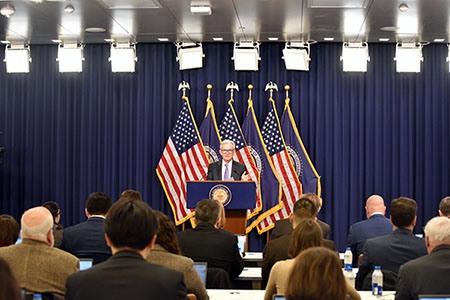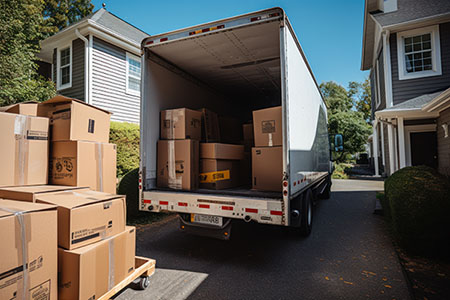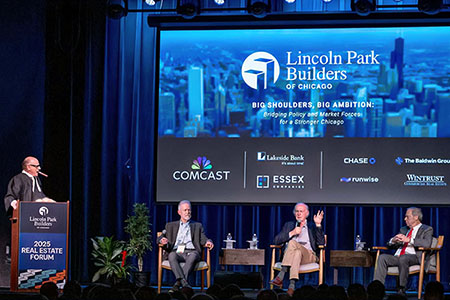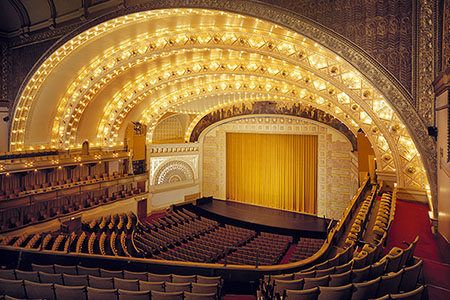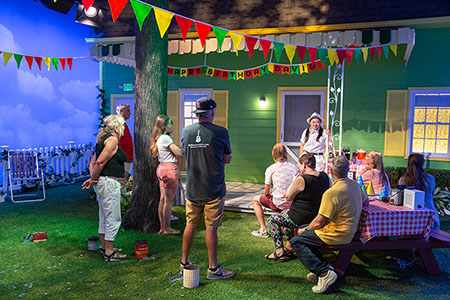

Higher monthly mortgage payments, real estate taxes, and inflation will make it a bumpy ride for both owners and renters.
Dec. 27, 2022 – One of the biggest mountains on the horizon is the cost of mortgage finance, experts say. Although benchmark 30-year fixed mortgage rates trended downward to 6.27 percent from 7.08 percent over the past six weeks, the Federal Reserve is still struggling to control inflation.
The Fed boosted its key short-term funds rate for the seventh time this year to a range of 4.25 to 4.5 percent in December, its highest level in 15 years. Forecasters say it is likely that the rate will reach a range of 5 to 5.25 percent by the end of 2023, causing mortgage interest rates to rise past 7 percent again.
On December 22, Freddie Mac’s Primary Mortgage Market Survey reported that 30-year home loan rates slipped slightly to 6.27 percent from 6.31 percent a week earlier.

What a difference a year makes – the 30-year loan average was a near rock bottom 3.05 percent in late December 2021. On December 22, 15-year fixed mortgages averaged 5.69 percent, up from 5.54 percent a week earlier. A year ago, 15-year fixed loans averaged only 2.30 percent.
The Freddie Mac survey is focused on conventional, conforming, fully amortizing home purchase loans for borrowers who put 20 percent down and have excellent credit.

“Rates have declined significantly over the past six weeks, which is helpful for potential home buyers, but new data indicates homeowners are hesitant to list their homes, noted Sam Khater (left), Freddie Mac’s chief economist. “Many of those prospective home sellers are carefully weighing their options because more than two-thirds of current homeowners have a fixed-mortgage rate of below four percent.”
Analysts say potential home buyers are experiencing sticker shock due to today’s higher monthly mortgage payments without a corresponding decrease in home prices. That’s one reason demand for mortgages is the lowest we’ve seen in 25 years.
The Home Front also sees bumps in the road next year:
Inflation slowing? While inflation is miles away from the Fed’s goal of 2 percent, the economy is getting better. Consumer prices rose 7.1 percent in November, compared with the same month a year ago. That was down sharply from 7.7 percent in October and a peak of 9.1 percent in June.
Higher real estate taxes. North Side landlords – especially commercial property owners – are especially nervous because the first installment of the 2022 real estate tax bill is due on March 1, 2023, only two months after the second installment of the 2021 bill must be paid on December 31, 2022. The first installment of the 2022 bill will be 55 percent of the second installment of the 2021 bill. So, if the December bill is $10,000, the March 2023 bill will be $10,500.
Both bills reflect extremely hefty reassessment numbers in Chicago passed on by Cook County Assessor Fritz Kaegi. Reassessment increases ranged from 38 to 55 percent in Lincoln Park and Old Town.
Landlords vs. renters. Rental apartment management is a business designed to make a profit. So, if real estate taxes rise, apartment owners eventually will increase rents. If utility bills and maintenance costs rise, rents eventually will move higher.
“If the demand is there, landlords will find a way to absorb the increased costs of operating their buildings by passing rising expenses along to their tenants in the form of higher rents,” explained veteran Chicago landlord Stuart Handler (right), CEO of TLC Management.

Why don’t more renters buy? Faced with hefty rent hikes when new leases are drafted in the spring and summer of 2023, one wonders why more renters don’t opt to become homeowners.
It is simple economics. As long as home loan interest rates stay high, the average income of renters in Chicago isn’t quite enough to allow them to afford an entry-level home.
As of October 2022, when interest rates on a 30-year fixed loan were 7 percent, the average household income needed to cover a mortgage payment on a Chicago starter home was $63,400. However, the average income of renters was only $43,600, according to Point2 Homes research. Chicago renters earn only 69 percent of the income needed to become first-time homeowners.
Apparently, the nation’s home building industry is studying the trend. In the 1940s, 70 percent of all new starter homes were built for veterans returning from World War II. By the 1980s, that number declined to 40 percent. In 2019, the first-time new-home buyer market shrank to 7 percent, according to Census Bureau figures.




 More info:
More info: 